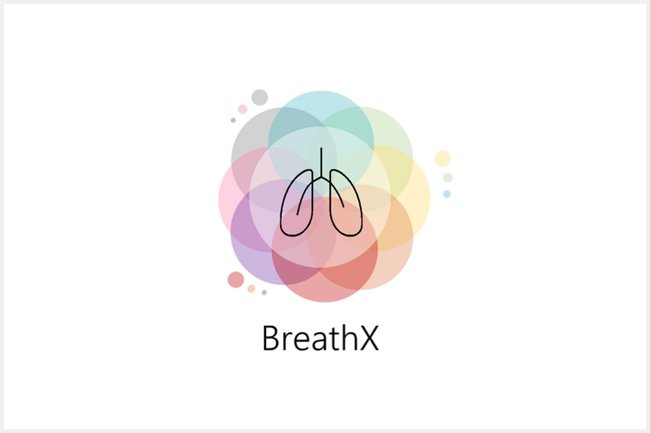Breadcrumbs
- Digital Healthcare
- Projects
- BreathX – visual and auditive instructions for radiotherapy
BreathX – visual and auditive instructions for radiotherapy
Individual visual and auditive instructions for mamma-carcinoma patients during radiotherapy using the deep inspiration breath hold technique - A prototype in non-clinical setting.

Background
In Austria one in eight women is affected by mamma-carcinoma (Gnant et al., 2018). In 2017 about 5.417 new cases of mamma-carcinoma were reported (Statistik Austria, 2020). The therapy of mamma-carcinoma depends on the individual case but overall, most patients undergo a radiotherapy (Gnant et al., 2018). Nowadays left sided mamma- carcinomas are treated with the deep inspiration breath hold technique (DIBH) at the radiotherapy (Corradini, 2017). This technique is used to minimalize the doses for the organs at risk.
The quality of current breathing-triggered radiotherapy for mamma-carcinoma patients is lacking in terms of visual and auditive feedback for the patient. An individual undergoing radiotherapy with DIBH must adjust the movement of their thorax based on an ideal breathing curve. This is to allow only a set area of the chest to be exposed to the harmful radiation dose, protecting vital body parts like heart and lungs in the process from critical side effects like myocarditis.
The system currently in place ceases radiation treatment as soon as deviation from the pre-determined breathing curve is detected. This constant evaluation is only accessible to the radiographer but not to the patient. The prevailing lack of efficient communication creates a clinical need for improved patient feedback to increase patient safety and well-being as well as the efficiency of radiotherapy.
The challenge is to create a system which gives helpful feedback to the person undergoing radiological treatment, in order to streamline the information exchange between radiographer and patient.
Project
We conceptualize a prototype for a system which supports the patient to better understand and actively affect their breathing curve, while at the same time creating a relaxing atmosphere through audio and individual patient chosen design projection (out of a pre-determined set of designs). This should lead to work simplification for radiographers, enables the individualization of the radiotherapy for each patient as well as reduces stress and fear in patients receiving breathing-triggered radiotherapy in case of left-sided mamma-carcinoma.
BreathX at build.well.being 2021
Literature
- Corradini, S., Ballhausen, H., Weingandt, H., Freislederer, P. Schönecker, S., Niyazi, M., Simonetto, C., Eidemüller, M., Ganswindt, U. & Belka, C. (2018). Left-sided breast cancer and risks of secondary lung cancer and ischemic heart disease: Effects of modern radiotherapy techniques. Springer Link. doi.org/10.1007/s00066-017-1213-y
- Gnant, M., Zitt, M., Petzer, A., Marth, C., Resch, A., Schratter-Sehn, A., Herold, C. & Todoroff, B. (2018).Brustkrebs. Diagnose, Operation, Therapie, Nachsorge, Wiederaufbau. Pink Ribbon Broschüre.
- Statistik Austria (2020). Krebserkrankungen. Brust. Statistik Austria. Available: 01.12.2020